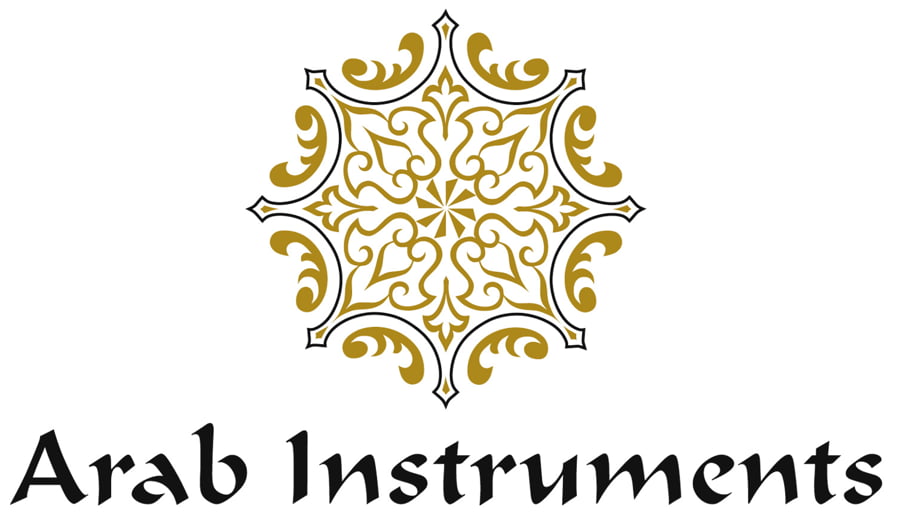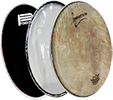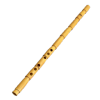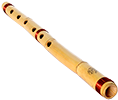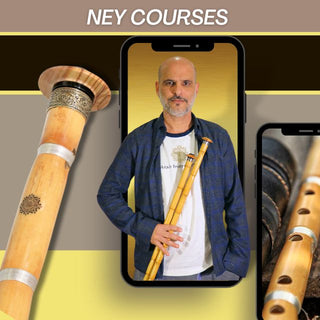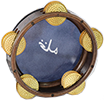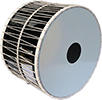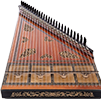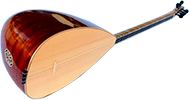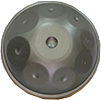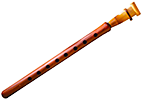Parts and Structure of the Oud
The two most distinctive features of the oud are its pear-shaped body and its fretless neck. Unlike most western plucked instruments, including the lute, the neck of The Oud has no frets allowing the player to play the microtones (notes closer in proximity than two adjacent keys of the western piano) which gives oud music its near eastern sound quality.
There is a theory that The Oud originally had frets, having lost them by about 1300 AD. The pegbox of the oud is attached to the neck at an angle approaching 90 degrees and allow the strings to be stretched to the proper tension for both tone and retention of tuning. The pegs are generally made of wood as in flamenco guitars. The body of The Oud has one to three sound holes which are often decorated with purfling or mother-of-pearl, generally the entire oud is quite decorated which doesn’t effect its sound quality. The body of the oud is shaped like a large gourd and made from a complex system of thin wood staves glued together. The top of The Oudis generally made from light wood, such as spruce, and is quite thin to allow the vibrations of the instrument to express when played. The oud is generally strung today with eleven strings, five sets of double coursed strings and a single bass string, and there are several styles of tuning. The instrument itself varies according to builder and to country.
The Turkish ouds, for example, tend to be smaller than the Egyptian or Syrian or Iraqi ouds. A plectrum is traditionally used to pluck the strings, called in Arabic the reeshi or reesha which means “eagle feather,” a tradition of plucking the strings traced back to Ziryab. In Turkish, the plectrum is called a mizrap. Generally today eagle feathers are no longer used to pluck the strings of The Oud, more commonly players use plectrums made of animal bone, horn, and even plastic. The reesha is a very personal taste for the oud player.

